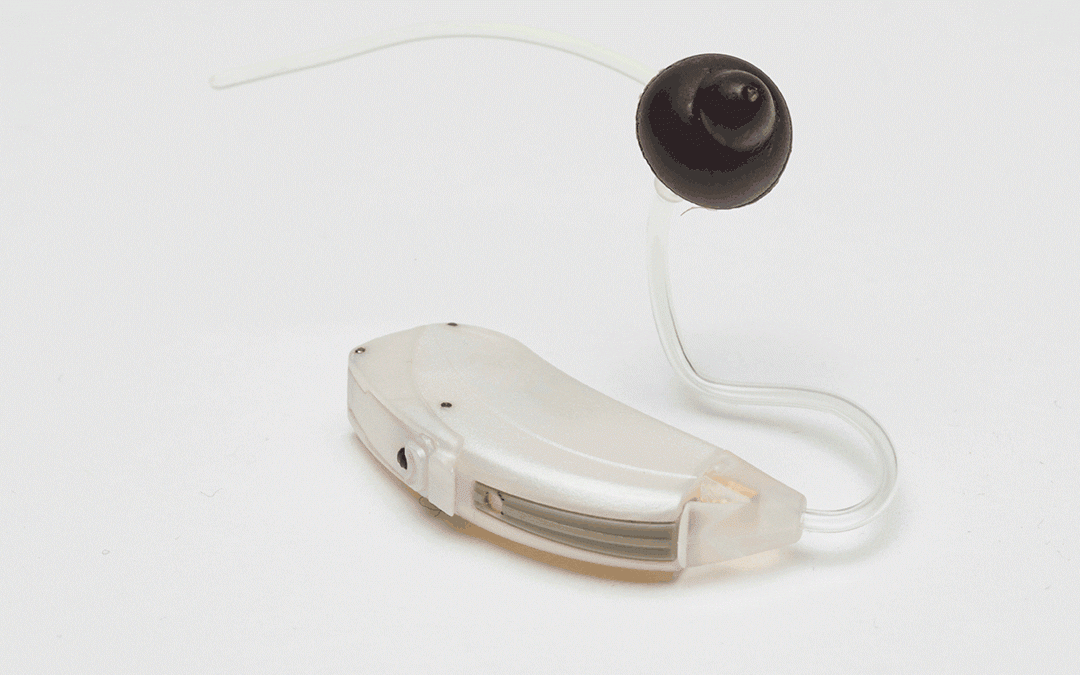Better Hearing Blog

Noise Effects
Regular readers of this column are continuously advised to shield their ears from noise, a common cause of hearing loss. According to the World Health Organization (WHO), noise pollution is one of the pressing threats to public health and is responsible for a range of health problems. Not only can persistent and/or overly loud noise damage the ears, but it can also give rise to sleep problems, stress, heart disease, and stroke. In addition, exposure to noise can even lead to weight gain. A 2015 Swedish study linked noise with expanding waist measurements and also found living under a flight path doubled the risk of obesity. It pays to wear earplugs and turn down the volume, as needed.
Because the damage from noise exposure is usually gradual, you might not notice it, or you might ignore the signs of hearing loss until they become more pronounced. Over time, sounds may become distorted or muffled, and you might find it difficult to understand other people when they talk. To learn more about hearing loss, please call BETTER HEARING CENTER. We’re excited to assist you in making decisions about your hearing health at New Hampshire’s premier hearing care provider.
P.S. The World Health Organization says that long-term exposure to sounds over 55 decibels (dB) can trigger high blood pressure and heart attacks.

Open-fit Discussion
Open-fit hearing instruments have become immensely popular because they deliver natural sound quality. This is due, in large part, to the fact that the open-fit design eliminates the muffled effect that might come with other hearing instruments. While similar to a traditional behind-the-ear (BTE) hearing instrument, an open-fit instrument has a much more compact design. As a result, an open-fit sits discreetly behind the ear of wearers with barely a hint of noticeability. Sound is delivered from the main body of the instrument through a slender, clear plastic tube and tip that practically disappears in the wearer’s ear. Because the tip leaves the ear canal open, wearers get only the frequencies they need without any stuffy feeling in their ears.
When you are fit for an open fit hearing aid, your hearing care professional will be able to choose from a selection of tips to find the size that fits your ear best. To schedule an appointment, please call BETTER HEARING CENTER. Hearing aids help put people back in touch with their family and friends by letting them enjoy participating in social activities again. We are the only hearing center that has served the Concord, New Hampshire, area for more than 55 years. New Hampshire’s premier hearing care provider.
P.S. Open-fit hearing instruments are particularly suited for addressing mild to moderate hearing loss.

A Balanced Approach
The inner ear contains the “cochlea,” which produces nerve impulses that are transmitted via the auditory nerve to the brain, as well as the “vestibular system,” a collection of structures that provides the body with a sense of balance and spatial awareness. These structures include three semicircular canals that are lined with sensory hair cells that continually detect the head’s position by virtue of tiny calcium carbonate crystals (“otoliths”), which help sense the body’s orientation. The trouble is that these crystals can become dislodged to the point where their momentum in the canals may give a false sense of movement even after the head stops moving. The resultant “benign paroxysmal positional vertigo” (BPPV) produces dizziness and a loss of equilibrium.
Although BPPV can be bothersome, it’s rarely serious except when it increases the chance of falls. You can receive effective treatment for BPPV during a doctor’s office visit. To schedule a hearing assessment, please call BETTER HEARING CENTER. We perform hearing tests, fit patients for hearing aids, and provide one-on-one consultations. We are New Hampshire’s premier hearing care provider.
P.S. Once diagnosed, benign paroxysmal positional vertigo (BPPV) may be effectively treated using the Epley maneuver, which involves maneuvering the head so that the otoliths move out of the semicircular canals to an open space.

When Size Matters
As its name suggests, a “completely-in-the-canal” (CIC) hearing instrument fits entirely into the ear canal of the user, where it is all but invisible to onlookers. For this reason, CIC instruments are preferred by those who want to remain completely discreet about their hearing losses. The positioning of CIC instruments in the ear canal also provides users with overall natural sound quality that stems from use of the outer portions of their ears (auricles) to gather sound and direct it inside the ear. This least visible of all hearing instruments is also well-suited to treating hearing loss that ranges from mild to moderately severe. However, CIC instruments may require a bit more maintenance.
Choosing the right hearing aids involves working with a trustworthy provider to find a product that fits your type of hearing loss, your lifestyle, and your budget. Contact BETTER HEARING CENTER today to schedule your hearing evaluation. We’re excited to assist you in making decisions about your hearing health at New Hampshire’s premier hearing care provider.
P.S. Completely-in-the-canal (CIC) hearing instruments are less prone to feedback.

Gene Behind Otosclerosis Identified
“Otosclerosis” is a hereditary condition that affects one in 200 people. It results in conductive hearing loss that causes individuals to begin to lose their hearing in their 20s and 30s as a consequence of abnormal bone growth in their middle ears. As a consequence of the stapes bone’s inability to move freely, sound waves entering the ear can no longer be transmitted to the inner ear. While current treatments include use of hearing instruments or surgery to remove the affected middle ear bone and replace it with a prosthetic device, recent research has found that faults in the body’s SERPINF1 gene can cause otosclerosis, which holds out the promise for other treatments in the future.
At BETTER HEARING CENTER, we pledge to employ a trustworthy, professional staff, provide high-quality service, feature innovative testing and evaluation equipment, offer a large product selection, and maintain the best prices in the area. For more information, please call us today. Our expertise is measured by our commitment to patient satisfaction, continuing education, and the application of current technologies. New Hampshire’s premier hearing care provider.
P.S. The surgical procedure that involves removal of an immobilized stapes bone and replacing it with a prosthetic device is known as “stapedectomy.”

Selective Listening
Many parents claim they can hear their children’s voices over the din in noisy environments. As it turns out, this ability may be an adaptation that the ears develop in response to repeated exposure to a socially meaningful sound. Understanding this important hearing modification begins with a familiarity with the phenomenon known as “forward masking,” which occurs when a sound immediately precedes another sound someone is trying to hear and interferes with the ability to understand it. Due to the proximity of the two sounds, the ear doesn’t finish processing the first sound before the second one occurs. However, after repeated instances, the ear changes in ways that make it more sensitive to picking out signals in acoustically cluttered environments.
Hearing aids help put people back in touch with their family and friends by letting them enjoy participating in social activities again. Hearing aids must be custom-programmed for each use to meet his or her needs. To schedule an appointment, please call BETTER HEARING CENTER. We are the only hearing center that has served the Concord, New Hampshire, area for more than 55 years. New Hampshire’s premier hearing care provider.
P.S. In order for hearing to develop and be adequately maintained, it is necessary for the ears to be stimulated with sounds, which can be helped by hearing instruments.
